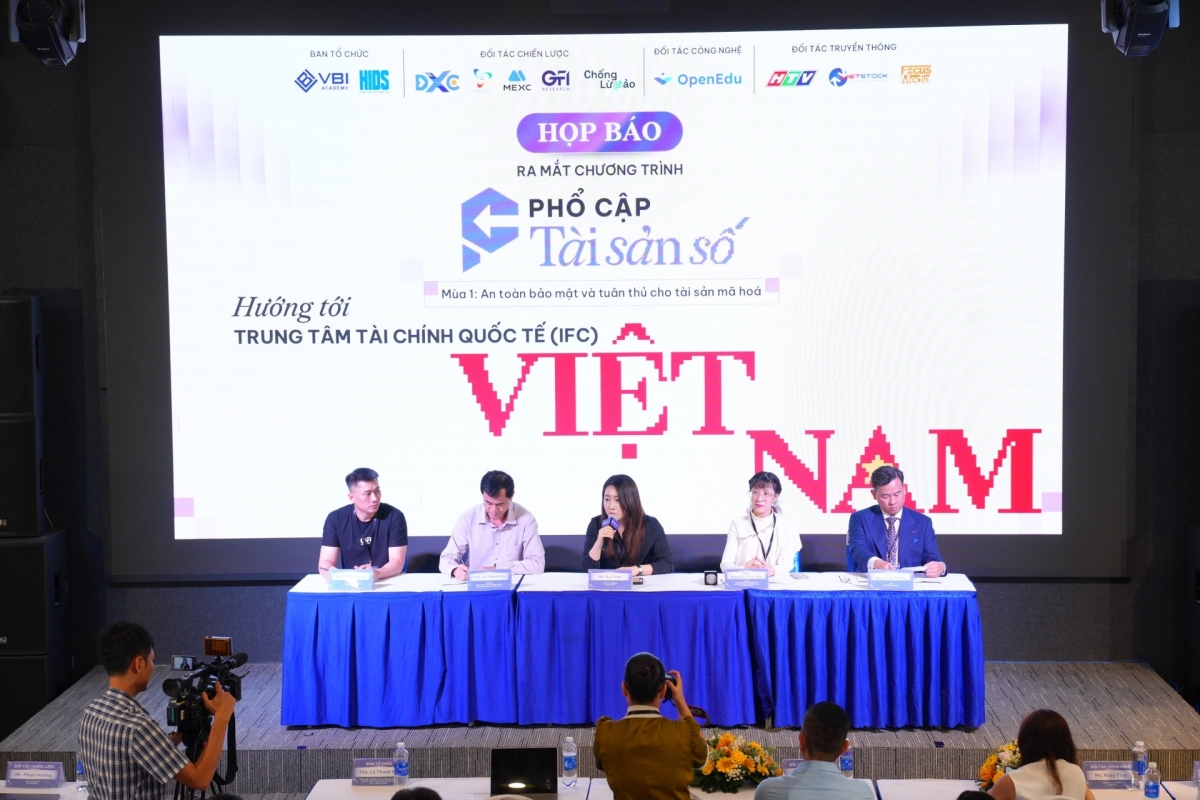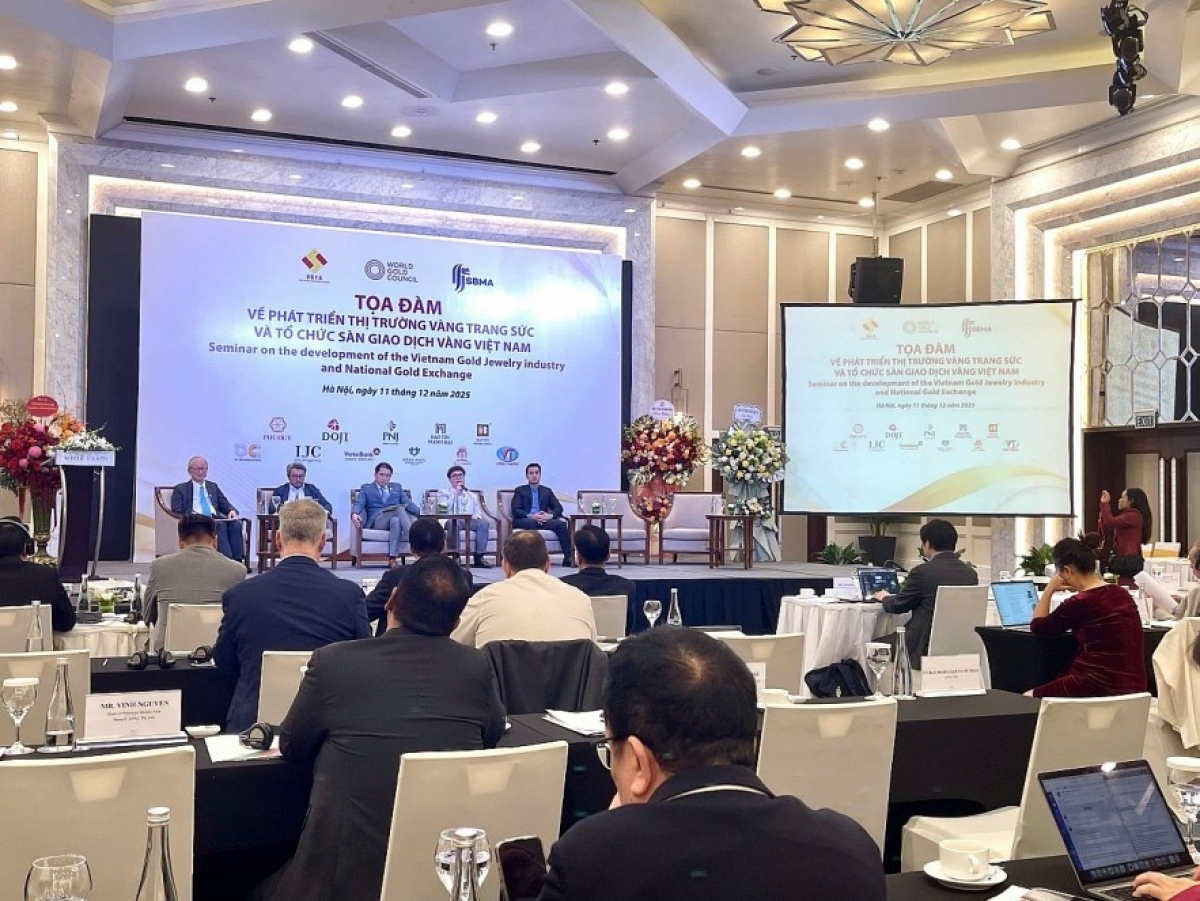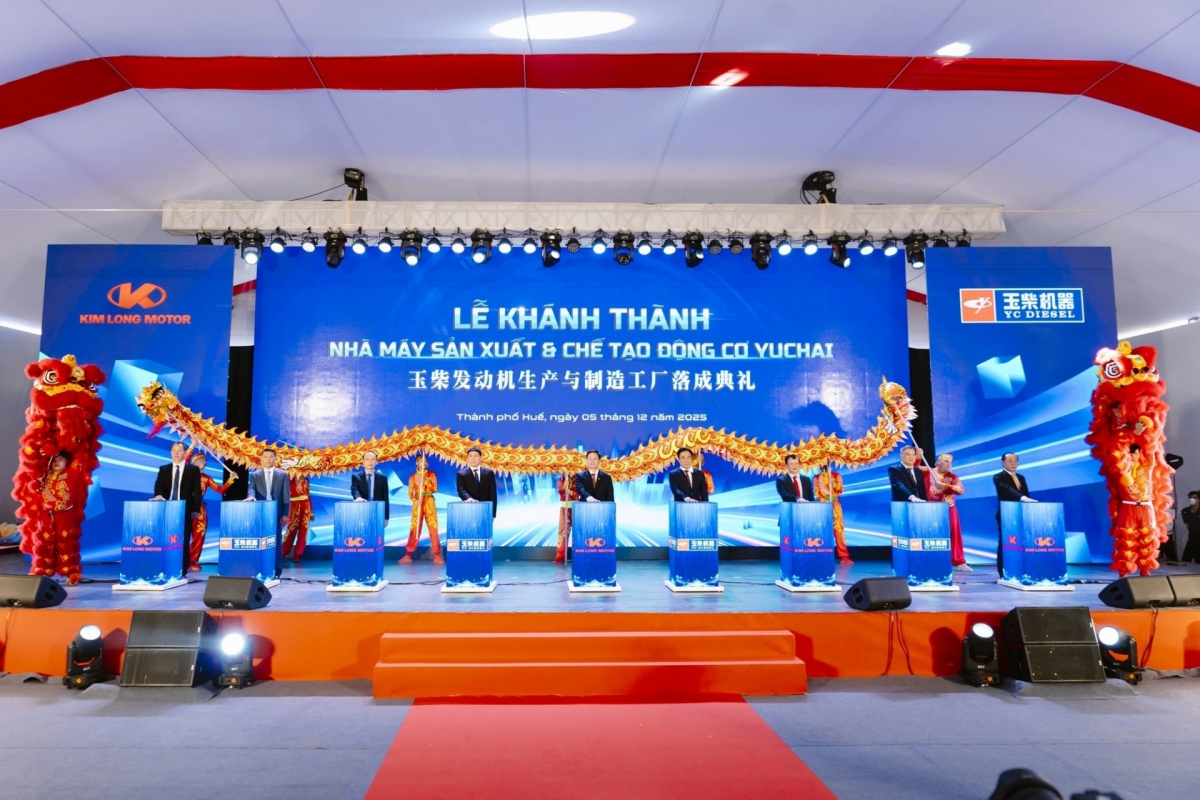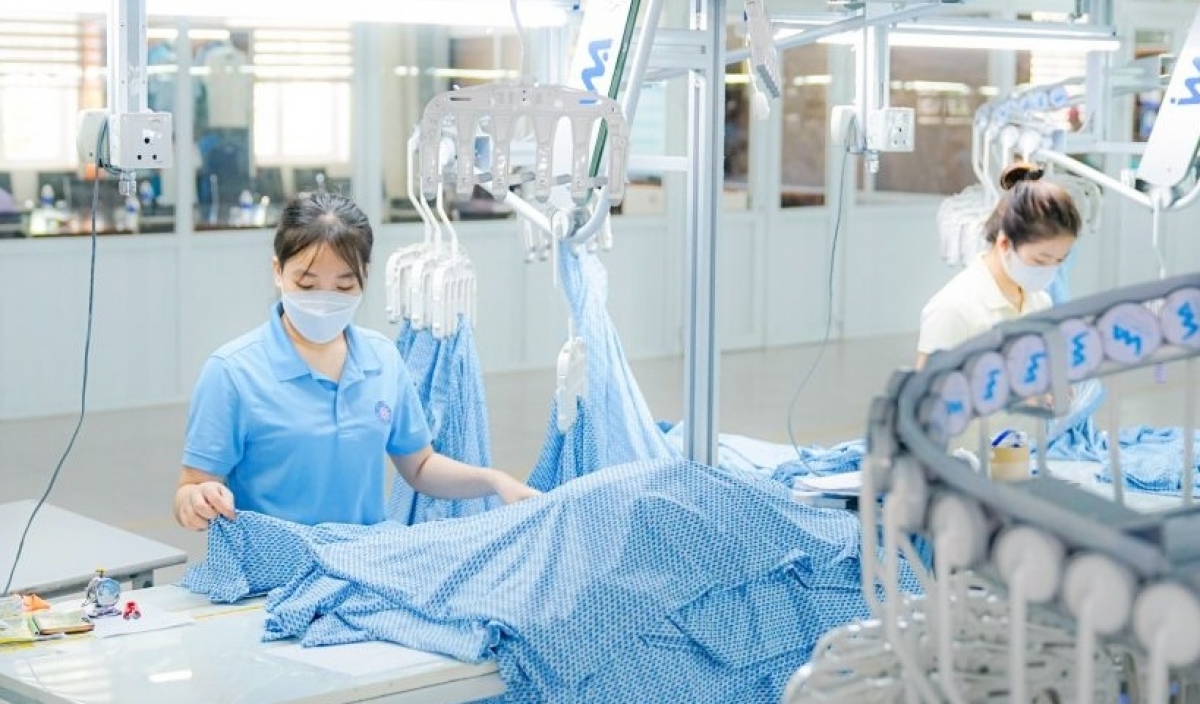INTERNATIONAL INVESTMENT
AND PORTAL
Tourism is one of the major sectors of Vietnam’s economy, contributing over 9 per cent of its GDP. However, international arrivals have declined sharply since 2020.
 Martin Koerner - Head, Tourism Working Group Vietnam Business Forum
Martin Koerner - Head, Tourism Working Group Vietnam Business Forum
To recover from this crisis and boost its tourism potential, Vietnam needs to implement some policy changes and improve its service quality. There are three key recommendations. First is to improve the visa policy. One of the barriers for foreign tourists to visiting Vietnam is its complicated and restrictive visa policy. Currently, only 24 countries are eligible for visa exemption for up to 15 days, while others have to apply for an e-visa or a visa on arrival.
The visa exemption period is too short for many visitors who want to explore the country’s diverse attractions, while the e-visa and visa on arrival processes can be time-consuming and inconvenient. To make it easier and more attractive for visitors, Vietnam should extend the visa exemption period to 30 days, increase the list of visa exempt countries to all of Europe, Australia, New Zealand, the US, and Canada, increase the number of countries for e-visa application (currently 80), and offer long-stay visas for 3-6 months for those who are keen to explore the country more deeply, including targeting the high spending elderly market.
These measures would encourage more tourists to choose Vietnam as their destination and increase their spending and satisfaction levels.
Second is to improve service at airports. Another challenge for tourists is the long waiting time at immigration checkpoints at international airports, in particular Ho Chi Minh City and Hanoi. This can cause frustration and inconvenience, especially for families with children or business travellers who have tight schedules.
To solve this problem, Vietnam should add special lanes for these groups of passengers, as well as increase the number of immigration officers and scanners. In addition, the design and look of immigration counters and areas, which are often the first touchpoints for foreign visitors, do not look welcoming and rather intimidating.

Countries such as Thailand or Singapore are good examples of how friendlier uniforms, better trained immigration officers, and more colourful immigration areas can boost tourism as it conveys a friendly and welcoming attitude to foreign visitors. These improvements would enhance the efficiency and convenience of airport services and create a positive first impression for tourists.
Finally, hospitality workers must be removed from Decree No.2447/QD-BYT. Issued by the Ministry of Health, it requires all hospitality workers who have direct contact with customers to wear masks at all times. This can affect the quality of service and communication between staff and guests, as well as create a sense of distance and distrust.
According to a study by Cornell University’s School of Hotel Administration, facial expressions play an important role in customer satisfaction in hospitality settings. Therefore, Vietnam should remove hospitality workers from this decree and allow them to show their faces while serving customers. This will create a more friendly and welcoming atmosphere for tourists.
By implementing these measures, Vietnam can enhance its tourism development and attract more visitors from around the world. Tourism is not only a source of income, but also a way of promoting cultural exchange and mutual understanding between nations. Therefore, Vietnam should seize this opportunity and showcase its beauty and diversity to the world.
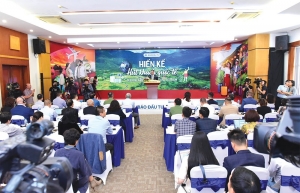 Visa upgrade at heart of fresh approach to tourism
Visa upgrade at heart of fresh approach to tourism
Vietnam’s tourism industry is expected to surpass its goal of welcoming eight million foreign visitors this year, if visa policies are updated and length of stay options adjusted.
By Martin Koerner*


